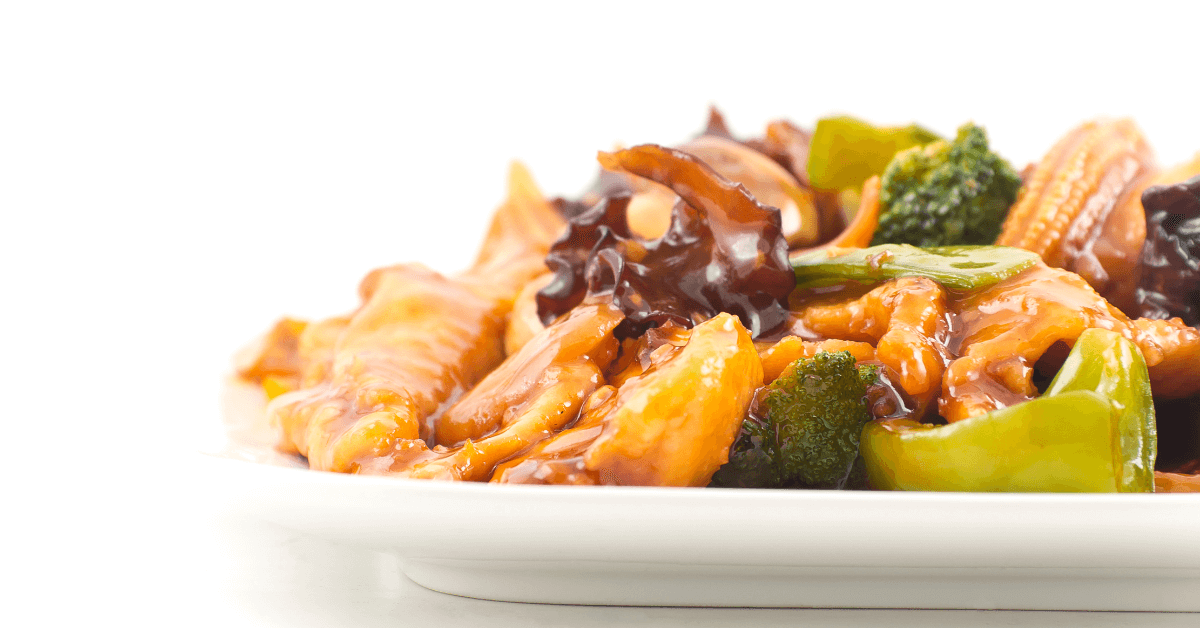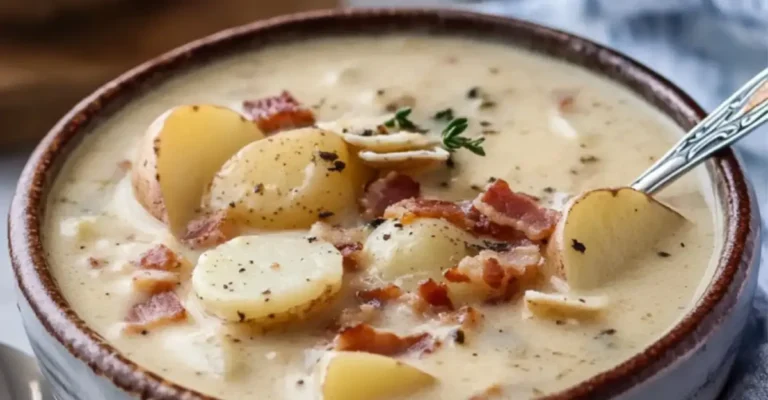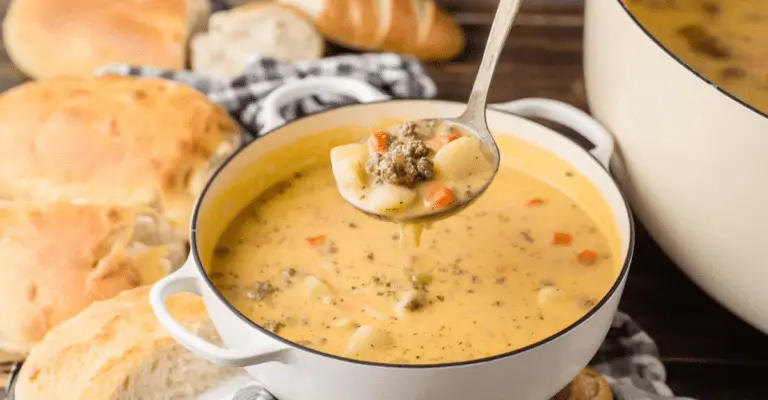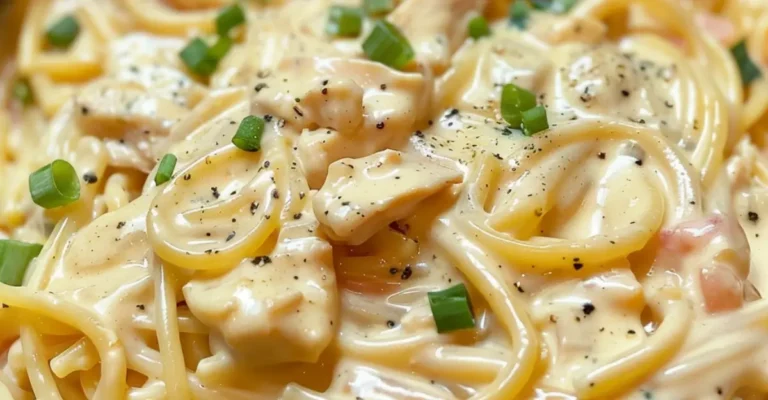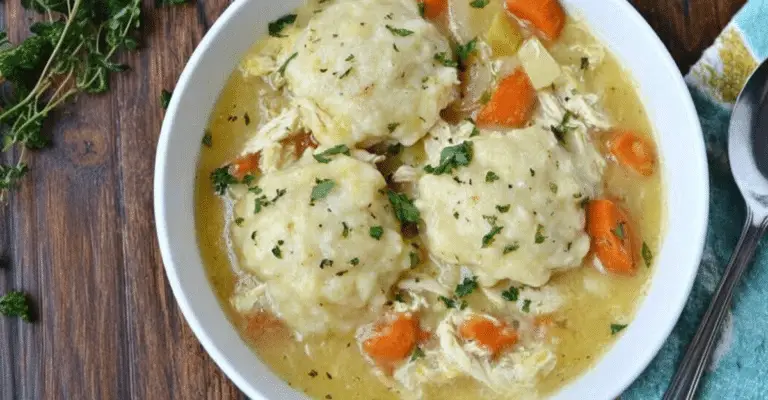Yu Hsiang Chicken: A Culinary Gem from the Heart of China
Part 1: Introduction to Yu Hsiang Chicken
Yu Hsiang Chicken, a dish that resonates with the richness and diversity of Chinese cuisine, stands as a testament to the culinary prowess of Sichuan cooking. But what exactly is Yu Hsiang Chicken? It’s a tantalizing blend of flavors, combining the sweetness of sugar, the tang of vinegar, and a fiery kick from chili peppers. This dish isn’t just food; it’s a cultural experience, a journey through the taste buds into the heart of China’s culinary heritage.
The Historical Backdrop
Have you ever wondered where Yu Hsiang Chicken originated? This dish hails from the Sichuan province, known for its bold flavors and spicy dishes. The term “Yu Hsiang,” interestingly, translates to “fish fragrance,” a nod to the seasoning style originally used in fish dishes. However, there’s no fish in this chicken recipe! The name reflects the aromatic spices used, which were traditionally associated with fish dishes in Sichuan cuisine.
Cultural Significance in Chinese Cuisine
Yu Hsiang Chicken isn’t just another item on the menu; it’s a cultural icon. In the realm of Chinese cooking, it represents the harmony of contrasting flavors – a cornerstone of Sichuan cuisine. This dish, with its complex layers of taste, showcases the Chinese culinary philosophy of balancing the yin and yang in food. It’s not just about the heat from the chili; it’s about the interplay of sweet, sour, and spicy elements, creating a symphony of flavors that dance on the palate.
Part 2: The Culinary World of Yu Hsiang Chicken
Venturing deeper into the world of Yu Hsiang , we uncover the essence of its flavor profile and the artistry in its preparation. This dish isn’t just about throwing ingredients together; it’s about understanding the symphony of flavors and how they harmoniously blend to create something truly magical.
Ingredients and Flavor Profile
What makes Yu Hsiang Chicken so irresistibly delicious? The secret lies in its ingredients. The dish typically features chicken thighs or breasts, marinated and cooked in a sauce rich with garlic, ginger, and chili peppers. The sauce, a melange of soy sauce, rice wine vinegar, and sugar, offers a perfect balance of sweet, sour, and spicy flavors. Each ingredient plays a pivotal role, contributing to the dish’s complex flavor profile. The result? A mouthwatering dish that’s a feast for both the eyes and the palate.
Cooking Techniques and Variations
Now, how is Yu Hsiang Chicken brought to life? The cooking process is a dance of heat and timing. The chicken is first marinated, then stir-fried to perfection, ensuring it’s succulent and tender. The vegetables, typically bell peppers and onions, are added, bringing color and texture to the dish. But here’s the kicker: the art of stir-frying is crucial. It’s about high heat and quick movement, ensuring each ingredient is perfectly cooked yet retains its crispness and flavor.
Variations of Yu Hsiang Chicken are aplenty. Some chefs add a hint of Sichuan peppercorns for an extra numbing sensation, while others might toss in a handful of peanuts for added crunch. The beauty of this dish lies in its versatility; it’s a canvas for culinary creativity.
Nutritional Value and Health Benefits
Is Yu Hsiang Chicken just a treat for the taste buds, or does it offer health benefits too? Absolutely, it’s a nutritional powerhouse! Chicken, the star of the dish, is an excellent source of lean protein. The vegetables add fiber and a range of vitamins. Moreover, the garlic and ginger, known for their medicinal properties, bring anti-inflammatory and antioxidant benefits to the table. This dish is not just about indulgence; it’s about nourishing your body too.
In the next part, we’ll step into the kitchen and learn how to prepare Yu Hsiang Chicken at home. We’ll share a step-by-step recipe, tips for perfection, and common pitfalls to avoid. Get ready to bring a piece of Sichuan cuisine into your kitchen!
Part 3: Preparing Yu Hsiang Chicken at Home
Bringing the essence of Sichuan cuisine into your kitchen, preparing Yu Hsiang Chicken at home is simpler than you might think. With the right ingredients and a few culinary tricks up your sleeve, you’re all set to create this gastronomic delight. Let’s walk through the process, step by step.
Step-by-Step Recipe
- Marinate the Chicken: Begin by marinating the chicken pieces (preferably thighs for more flavor) in a mixture of soy sauce, rice wine vinegar, a touch of sugar, and cornstarch. This not only flavors the chicken but also gives it a silky texture once cooked.
- Stir-Fry to Perfection: Heat oil in a wok or large pan over high heat. Add the marinated chicken and stir-fry until it’s browned and cooked through. This high-heat cooking method is key to achieving that signature smoky flavor.
- Aromatic Vegetables: Toss in minced garlic, ginger, and the white parts of green onions. These aromatics should be cooked briefly to release their fragrant oils without burning.
- The Flavorful Sauce: Add the prepared Yu Hsiang sauce (a blend of soy sauce, vinegar, sugar, and chili flakes) to the wok. Let it simmer until the sauce thickens and gloriously coats the chicken.
- Final Touches: Finish by adding sliced bell peppers and the green parts of the onions for crunch and color. Give everything a good stir to ensure the flavors are well combined.
Tips for Perfect Yu Hsiang Chicken
- Balance of Flavors: The key to a great Yu Hsiang Chicken is the balance of sweet, sour, and spicy. Taste and adjust the seasoning as needed.
- Marination Time: Allow the chicken to marinate for at least 15 minutes. This ensures the flavors penetrate the meat and the cornstarch helps to tenderize it.
- High Heat Cooking: Maintain high heat while stir-frying. This technique, known as “wok hei,” imparts a smoky flavor to the dish.
Common Mistakes to Avoid
- Overcrowding the Pan: Avoid overcrowding the pan or wok. This causes the chicken to steam rather than fry, missing out on that crispy texture.
- Overcooking the Vegetables: Stir-fry the vegetables just until they’re crisp-tender. Overcooking them can lead to a loss of vibrant color and nutrients.
- Ignoring the Sauce Consistency: The sauce should be thick enough to coat the chicken and vegetables. If it’s too thin, the dish can become soggy.
In the next part, we’ll explore the best ways to serve and pair Yu Hsiang Chicken, including side dishes, wine pairings, and presentation tips. Stay tuned to elevate your culinary experience with this Sichuan classic.
Part 4: Serving and Pairing Yu Hsiang Chicken
Once you’ve mastered the art of cooking Yu Hsiang Chicken, the next step is to present and serve it in a way that enhances its enjoyment. This isn’t just about plating; it’s about creating a complete dining experience that complements the rich flavors of the dish.
Ideal Side Dishes and Accompaniments
Yu Hsiang Chicken, with its bold flavors, pairs beautifully with a variety of side dishes. Here are some top choices:
- Steamed Rice: A classic pairing, the mildness of steamed white or brown rice balances the intensity of the chicken.
- Noodles: Whether it’s lo mein or rice noodles, they make for a hearty and satisfying accompaniment.
- Steamed Vegetables: Lightly steamed broccoli or bok choy can add a fresh, crunchy contrast to the dish.
Wine and Beverage Pairings
The right beverage can elevate Yu Hsiang Chicken to new heights. Consider these pairings:
- Riesling: A slightly sweet Riesling can complement the spiciness of the dish.
- Green Tea: For a non-alcoholic option, green tea can cleanse the palate and balance the rich flavors.
Presentation and Garnishing Tips
The presentation is key in turning a meal into an experience. Here are some tips:
- Colorful Vegetables: Garnish with bright vegetables like red bell peppers or green onions for a vibrant look.
- Sesame Seeds: A sprinkle of toasted sesame seeds can add a nutty flavor and visual appeal.
- Serving Dish: Serve in a traditional Chinese serving dish to add an authentic touch to your meal.
In the next part, we’ll explore the variations of Yu Hsiang beyond chicken, including adaptations with different proteins and vegetarian options. This journey into the versatility of Yu Hsiang is sure to inspire your culinary creativity!
Part 5: Beyond Chicken – Variations of Yu Hsiang
Yu Hsiang Chicken is just the beginning. The versatile and adaptable nature of Yu Hsiang sauce makes it perfect for a variety of other dishes. Whether you’re a meat lover, seafood enthusiast, or a vegetarian, there’s a Yu Hsiang dish for you.
Yu Hsiang with Other Proteins
- Yu Hsiang Beef: Swap chicken for thinly sliced beef for a richer, more robust flavor. Beef’s hearty texture pairs excellently with the spicy and sweet notes of the sauce.
- Yu Hsiang Shrimp: Seafood lovers can rejoice with Yu Hsiang Shrimp. The tenderness of the shrimp complements the zing of the sauce, creating a delightful seafood variation.
- Yu Hsiang Pork: For a more traditional take, try Yu Hsiang Pork. The fattiness of pork adds depth and richness, balancing the spiciness of the dish.
Vegetarian and Vegan Adaptations
- Yu Hsiang Tofu: A fantastic vegan option, tofu absorbs the flavors of the Yu Hsiang sauce beautifully, making it a satisfying and healthy alternative.
- Yu Hsiang Eggplant: Eggplant’s spongy texture makes it perfect for soaking up the rich sauce, offering a hearty vegetarian option.
Fusion and Modern Twists
- Yu Hsiang Pasta: For a fusion twist, toss your favorite pasta with Yu Hsiang sauce for an East-meets-West culinary experience.
- Spicy Yu Hsiang Pizza: Top a pizza with Yu Hsiang sauce, chicken, and veggies for a unique and spicy pizza night.
In the next part, we’ll address some frequently asked questions about Yu Hsiang. This section aims to clear up any confusion and provide additional insights into this beloved Sichuan dish. Stay tuned for helpful tips and interesting facts!
Part 6: FAQs About Yu Hsiang Chicken
In this section, we’ll tackle some of the most commonly asked questions about Yu Hsiang Chicken. These FAQs aim to provide deeper insights and helpful tips, enhancing your understanding and appreciation of this classic Sichuan dish.
Is Yu Hsiang Chicken the Same as Yu Xiang Chicken?
A common question indeed! While they sound similar, Yu Hsiang and Yu Xiang are distinct. Yu Hsiang, meaning “fish fragrance,” is a style of cooking from Sichuan cuisine known for its sweet, sour, and spicy flavors. Yu Xiang, on the other hand, refers to a different preparation style from Hunan cuisine, which also emphasizes spicy and bold flavors but with different ingredient combinations.
Can Yu Hsiang Chicken Be Made Gluten-Free?
Yes, it certainly can! To make Yu Hsiang gluten-free, simply substitute regular soy sauce with a gluten-free variety. Ensure that all other ingredients, like oyster sauce, are also gluten-free. This small tweak allows you to enjoy the same delicious flavors without the gluten.
How Spicy is Yu Hsiang Chicken?
The spice level of Yu Hsiang Chicken can vary based on personal preference. Traditionally, it has a moderate kick, thanks to the chili peppers. However, you can adjust the amount of chili to suit your taste. For a milder version, reduce or omit the chili peppers, and for an extra fiery dish, add more!
Can I Make Yu Hsiang Chicken Ahead of Time?
Absolutely! Yu Hsiang can be prepared ahead of time and stored in the refrigerator. When ready to serve, simply reheat it in a pan or microwave. The flavors often intensify when left to meld, making it just as delicious, if not more, the next day.
Substitutes for Rice Wine Vinegar in Yu Hsiang Chicken
If you don’t have rice wine vinegar, you can use white vinegar or apple cider vinegar as substitutes. These alternatives will still give you the tangy flavor that’s characteristic of the dish, though the taste may vary slightly.
In the final part of our article, we’ll wrap up with a conclusion that summarizes the appeal of Yu Hsiang Chicken and encourages readers to try this exquisite dish. Stay tuned for our closing thoughts on this culinary journey through the flavors of Sichuan!
- Sausage in Air Fryer – Quick, Healthy, Delicious Recipes: For readers interested in exploring more air fryer recipes, the article on sausage recipes (Sausage in Air Fryer – Quick, Healthy, Delicious Recipes) can be linked with “Expand your culinary skills with our collection of quick, healthy, and delicious sausage recipes for the air fryer.”
- Banana Tempura: To offer a dessert option, the Banana Tempura article (Banana Tempura) can be linked with “After savoring Yu Hsiang Chicken, indulge in our Banana Tempura recipe for a delightful dessert experience.”

